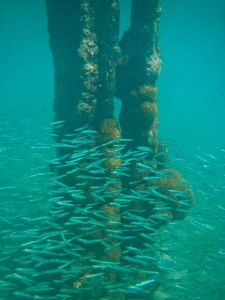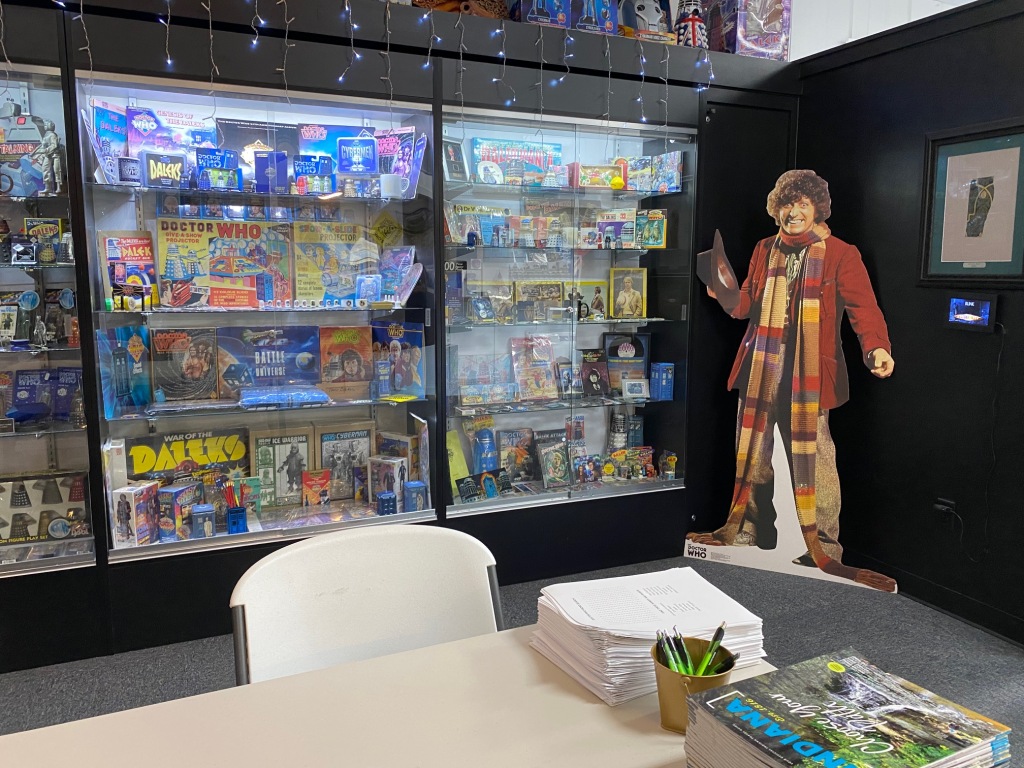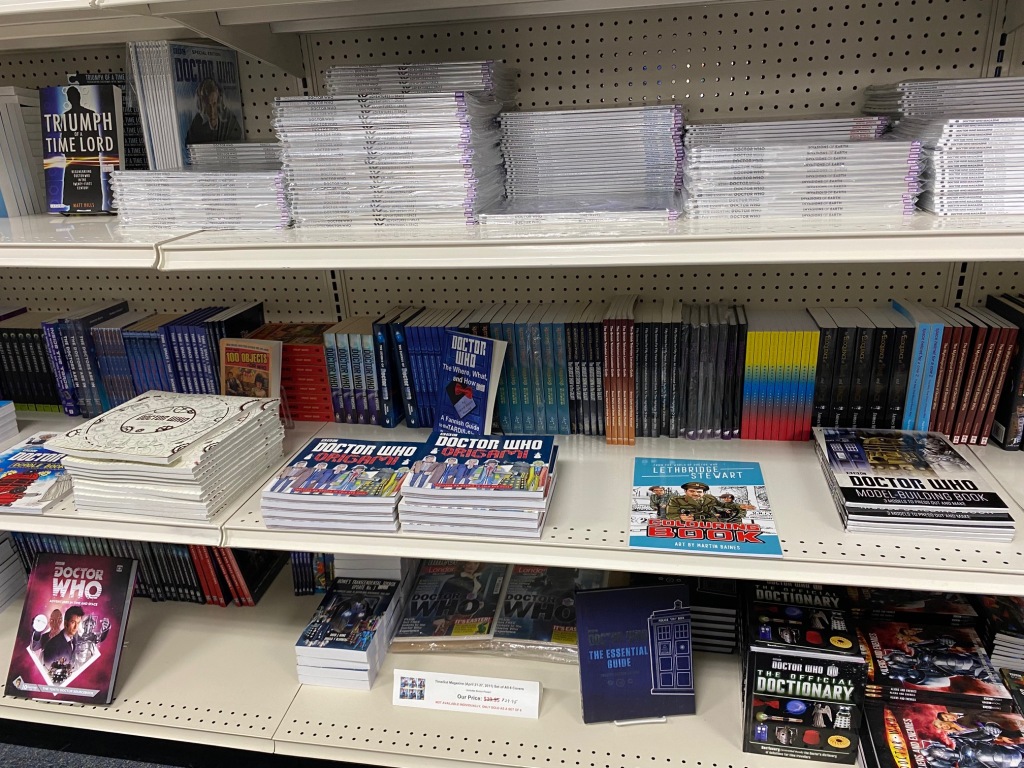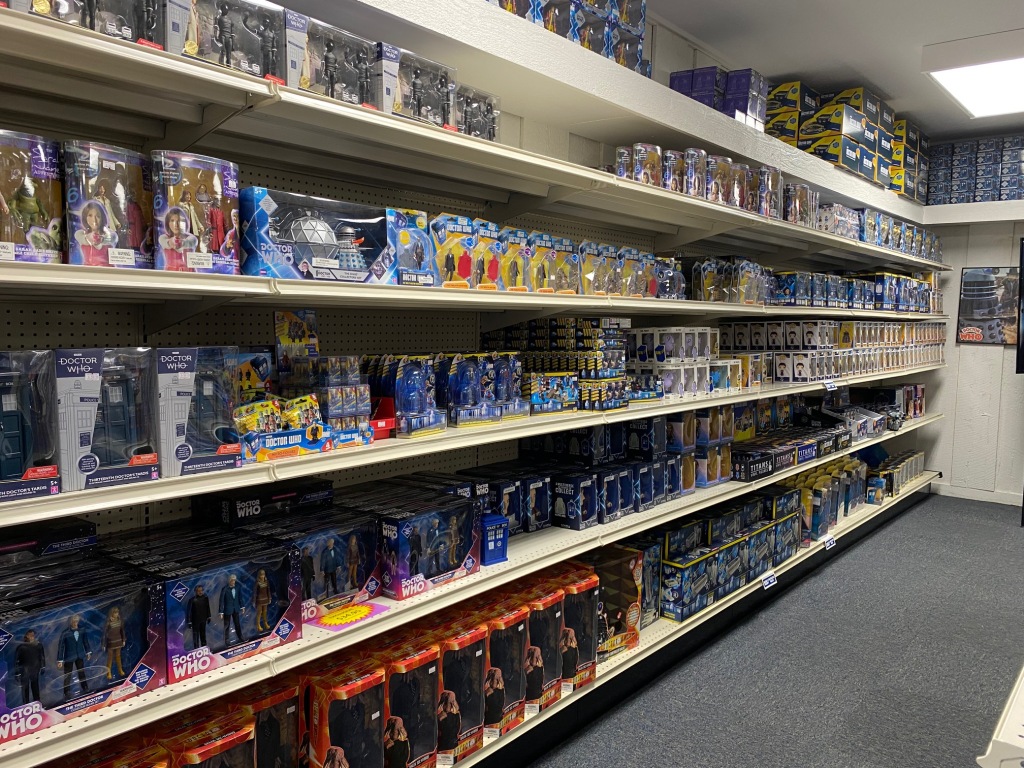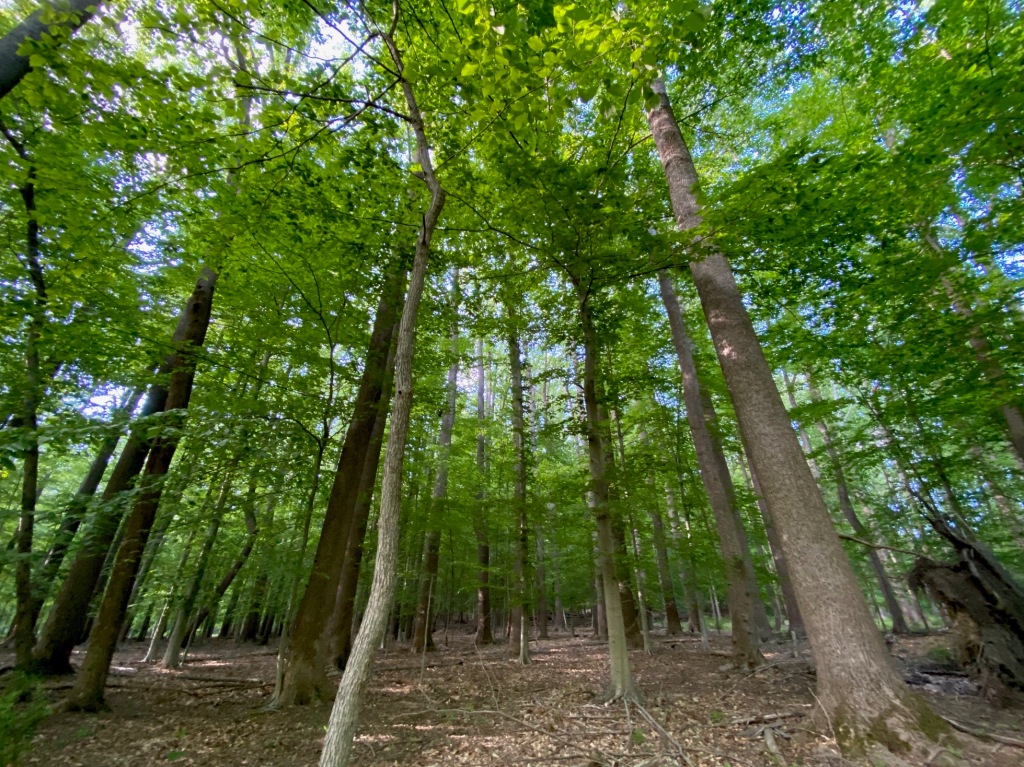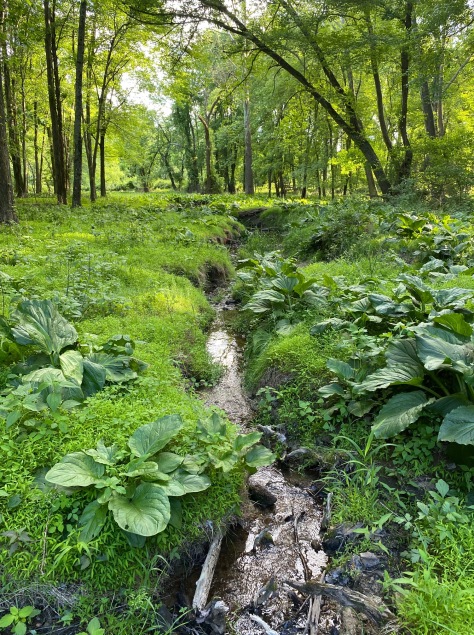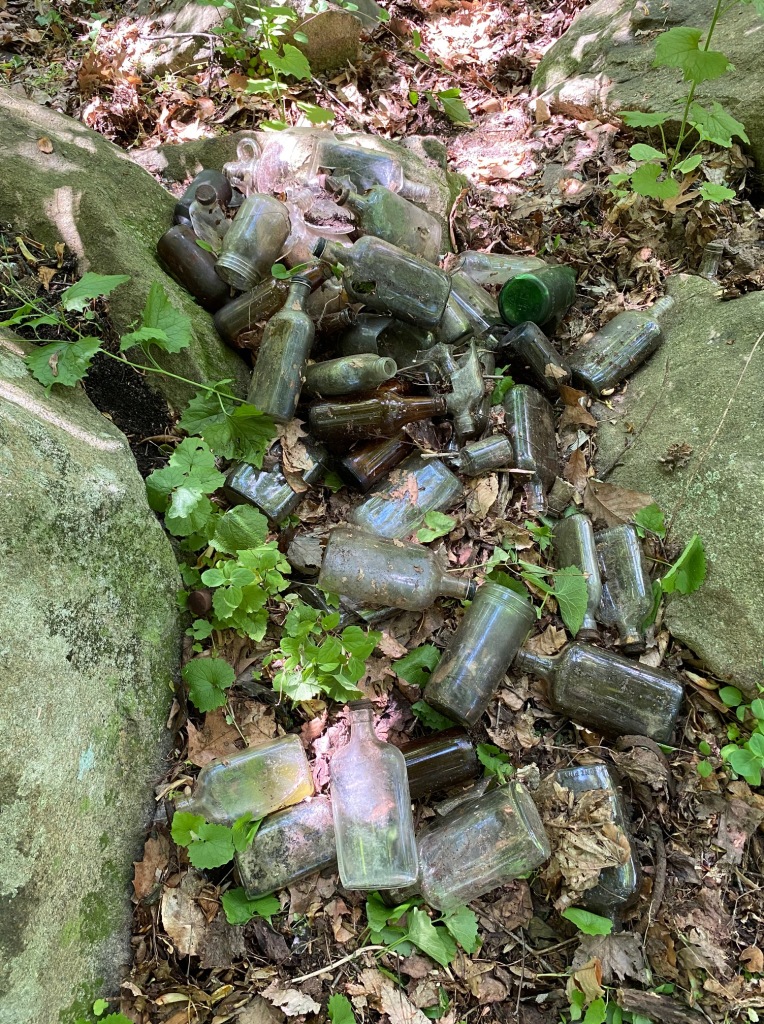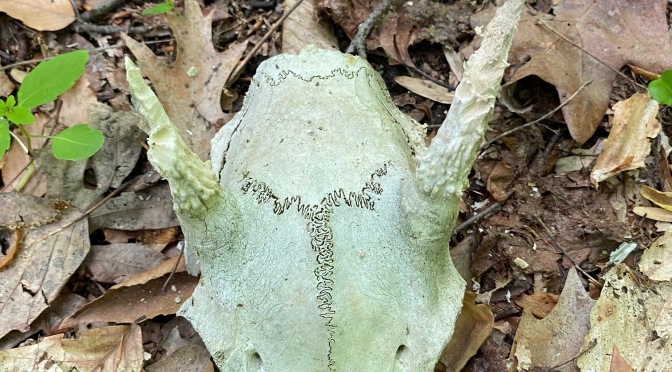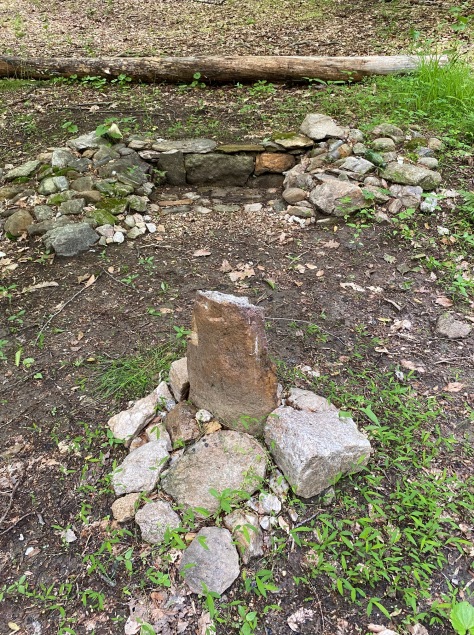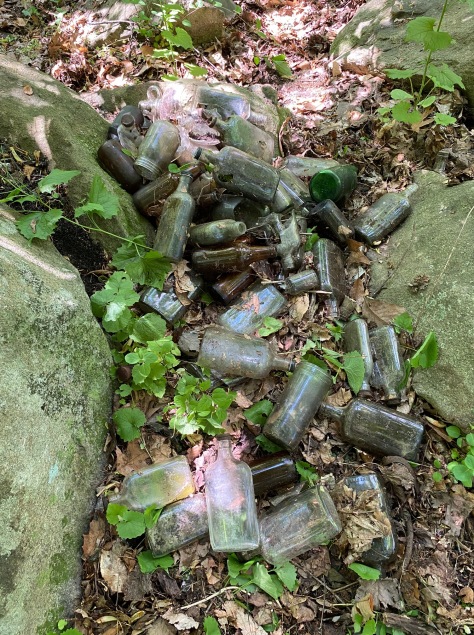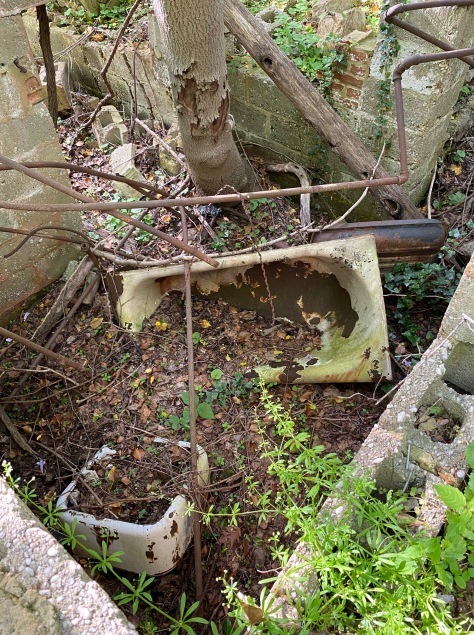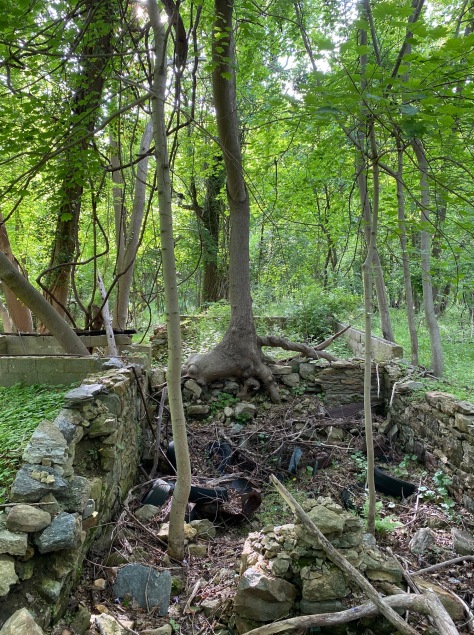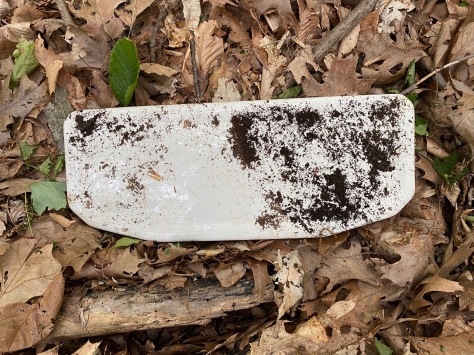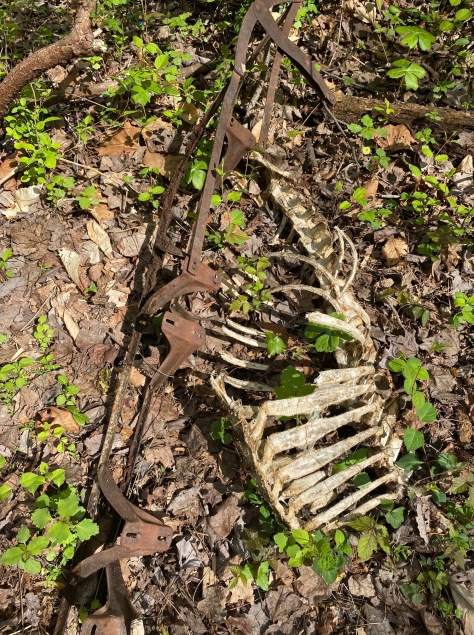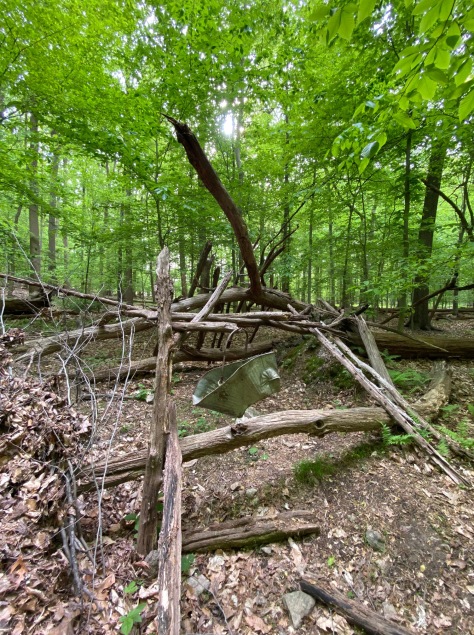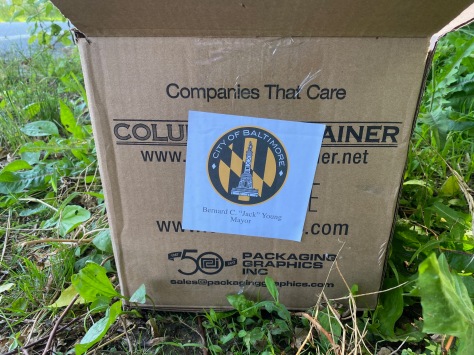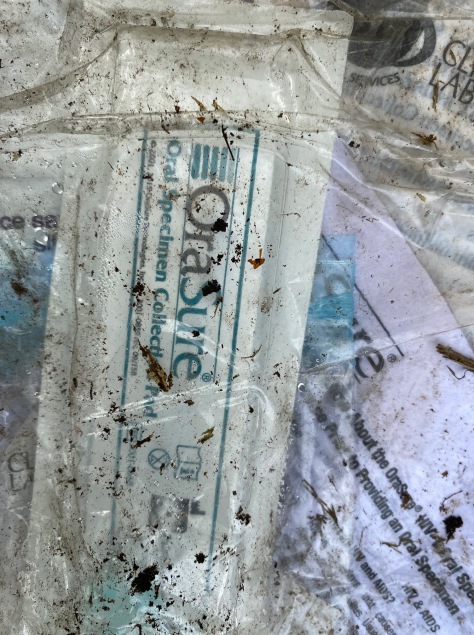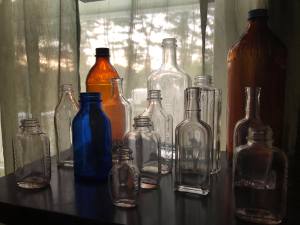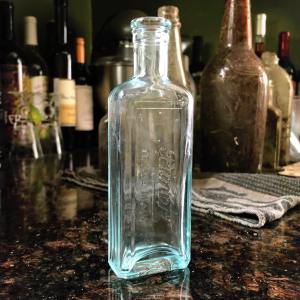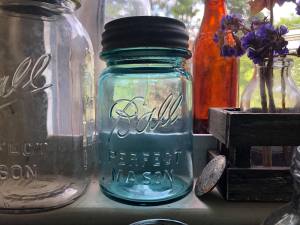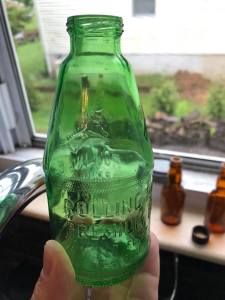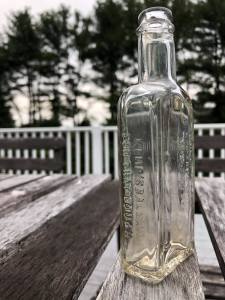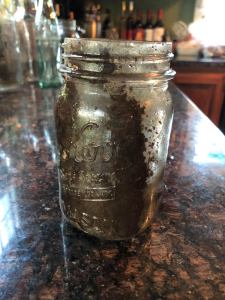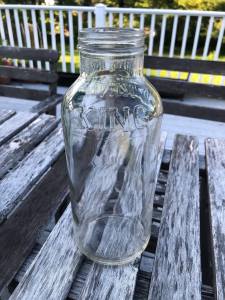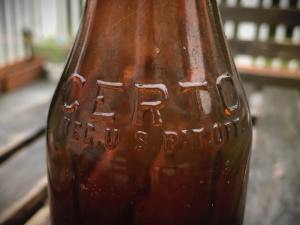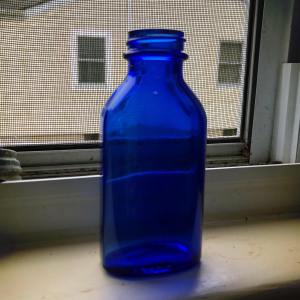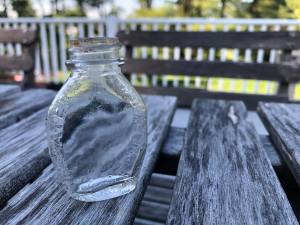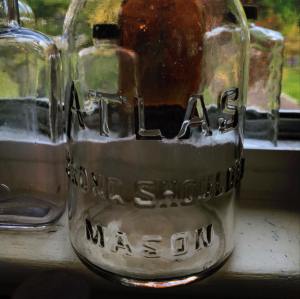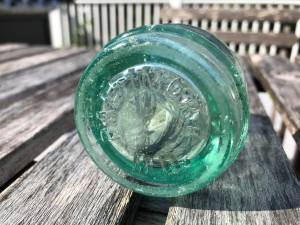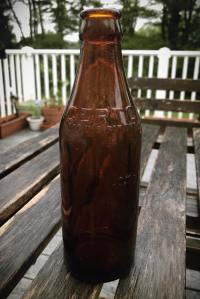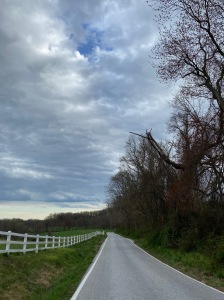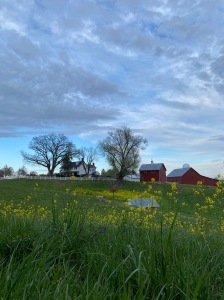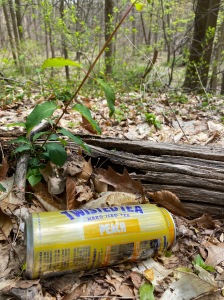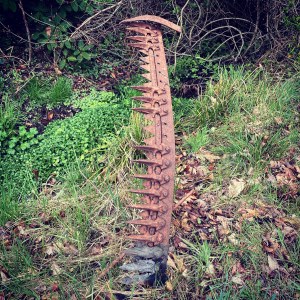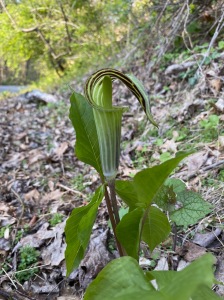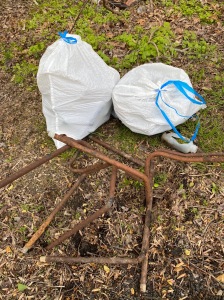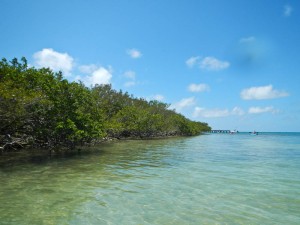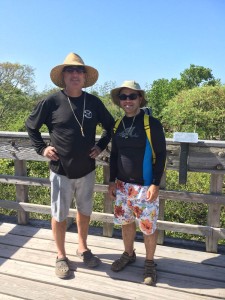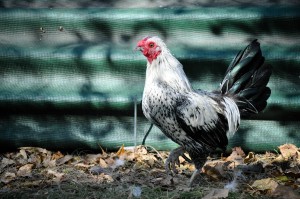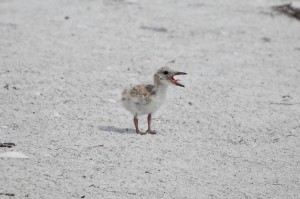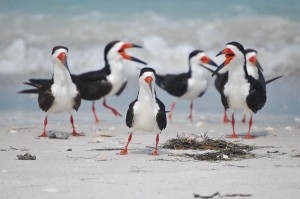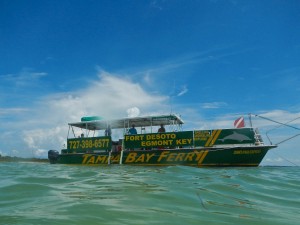
Birdwatching is a globally popular hobby and continues to grow. I’m a huge fan of birds and enjoy watching them, but I love to fishwatch even more. Somehow, that hobby has never taken hold like birdwatching. I don’t get it. I mean, you have to stand there on a ground like a lump watching the aerial dynamics with birds. With fish you can actually join in and swim among them. When was the last time you got to fly with a flock of starlings or glide with an eagle?

I love the Florida Keys because they meet so many travel wants and needs. My greatest want, the one that I daydream about and that pushes me to return repeatedly, is the water. More specifically, the fish and other wildlife that inhabit the waters off the Florida Keys. I don’t visit captive animal attractions – I prefer to watch animals in their natural environments.

At some point, I lucked into snorkel gear (mask, fins, snorkel) at a yard sale and later upgraded to a better snorkel with a valve. The fins are small enough that I can pack them in my carry-on luggage. Over the years, my kit has expanded to rubber-soled water shoes, a point-and-shoot underwater camera, DIY defogger spray, and many ziplock bags. If you are going to snorkel more than a handful of times it is worth having your own equipment and it also means you can check out offshore spots spontaneously. Some of the best spots I’ve found have been just offshore and do not require a boat ride. While boat rides are part of the fun, they add up if you are traveling on a budget. Snorkeling is one of those things that can be as cheap or as expensive as you want to make it.

I like to go to the Keys in summer because it is off-season, the crowds are smaller, and unless there are storms afoot the winds tend to be calmer, which means the waves are smaller and the water is clearer. I learned the hard way that going in the winter can make for terrible snorkeling.

I feel I should note that I am a snorkeler, not a diver. My ears let me freedive about 8-10 feet and that is it. Diving is also expensive and there are restrictions about diving and flying within 24 hours. I’m quite happy bobbing along the surface, suspended between worlds.

These are spots I checked out in July. I also read Snorkeling the Florida Keys by Brad Bertelli before we left and found it very helpful.

Cheeca Rocks
We took the 3:00 p.m. Happy Cat Snorkel Boat out from Robbie’s in Islamorada the day we arrived. The boat took us a few miles offshore to Cheeca Rocks. It was hot and the water was very clear. We saw several sea turtles and huge schools of small silverfish. Unfortunately, this charter attracted the kind of people I want to smack the shit out of. I watched a young woman “petting” the coral. You don’t “pet” coral. When she bobbed up for air I yelled at her to stop and she claimed she didn’t know any better. EVERY SINGLE snorkel charter I have ever gone on tells you this will kill the coral. Look, don’t touch. Then someone else with extra-long dive fins started treading water near the coral heads. They did decades’ worth of damage in seconds. I get that you have fancy-ass dive gear and are proud of it, but you don’t need long fins in calm, shallow waters.

Indian Key State Park
The next day we went back to Robbie’s and rented kayaks to go out to Indian Key. We were given a tour of the island by Historic Upper Keys Walking Tours, run by the aforementioned Brad Bertelli (that will be a post of its own shortly). Afterward, we entered the water on the northeast side of the island. The waters around the island are very shallow and we saw conch, starfish, baby sharks, parrotfish, and watched nesting ospreys from the water. It was a nice little spot.

Fort Zachary Taylor State Park
Fort Zachary Taylor is one of my all-time favorite snorkel spots. There are rock formations just off the beach and while the action is often there, I’ve seen a school of cuttlefish in the shallows. It was crowded the afternoon we went and the winds and tide had the water rather turbid. Overall, it was lackluster this trip. You can snorkel the same place 10 times and never experience the same conditions.

Key West Marine Park
Another offshore snorkel spot in Key West is the Key West Marine Park, located on the east side of the island. The pilings and debris make for great fishwatching, as they are ideal for juvenile fish and invertebrates, but the morning we went the tide was moving and the winds had kicked up. The water was so turbid that it was almost disorienting. I will definitely go back next time and hopefully the conditions will be better.
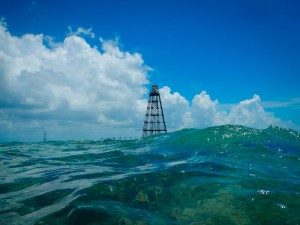
Sand Key
We sailed with Captain Dennis on his boat Breezin out to Sand Key. Again, there was some wind up, so we moored on the rubble side of the key. Snorkeling can be very different depending on where you moor and the wind/water conditions, even within 100 yards. In this case, we were in an area that would be easier to swim in, but the rubble zone belied the health of the reef on the opposite side. The water was bath temperature. I watched and listened as a school of parrotfish munched loudly.

Dry Tortugas National Park
By far, the best snorkeling this trip was out at Fort Jefferson. It is in my top five snorkeling spots, period. Fort Jefferson has been on our list for years, but the tickets aren’t cheap. This was finally the year. Located about 70 miles west of Key West, the Dry Tortugas are in the middle of nowhere, but the fort is rich in history. There are two decaying docks, which offer ideal food and shelter for the tropical fish that surround the island. You can put your head down and watch 10-15 species of fish swirling below and then look up to see nesting brown noddies at the tops of the dock pilings. The clarity of the water was amazing and it was a pleasant swim around the exterior of the fort. The height of day was blistering, but the ferry we took out to the island put out a delicious spread and made sure everyone had enough water.


Turtles, rays, and larger fish are great, but I am just as happy seeing common nursery fish and invertebrates. If you are willing to take your time and look into crevices and among the sea grasses you’ll be rewarded. I still haven’t seen an octopus in the wild, but I’ll keep trying until I do. Swimming with huge schools of small silverfish is like floating amid the stars.
